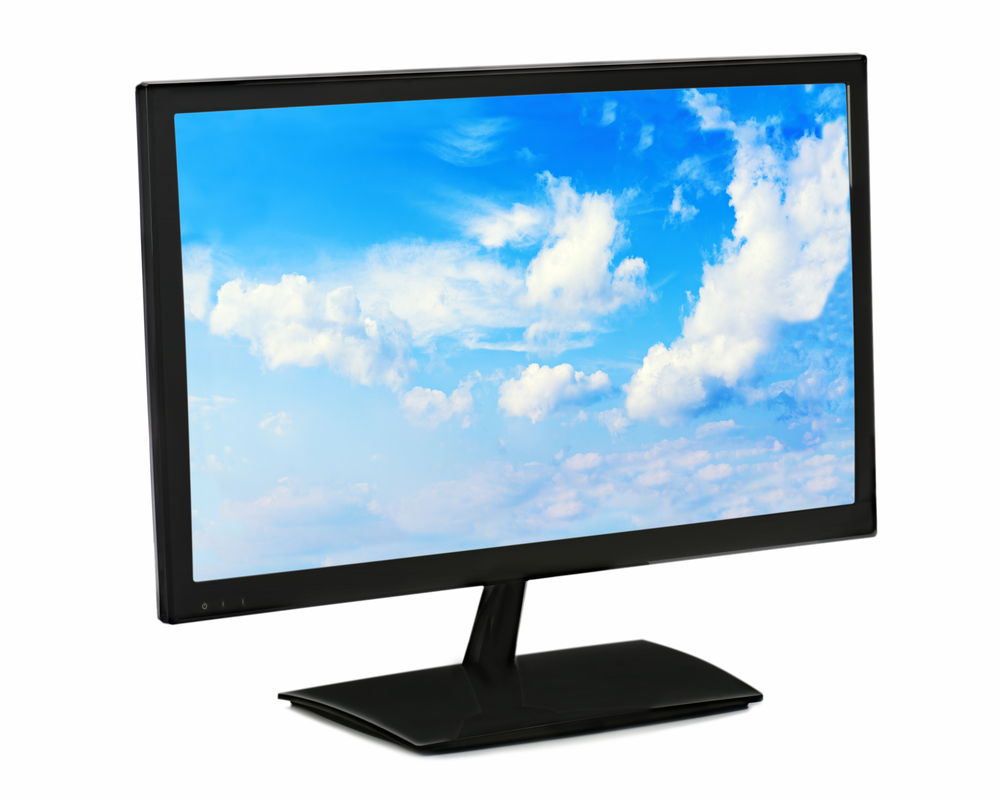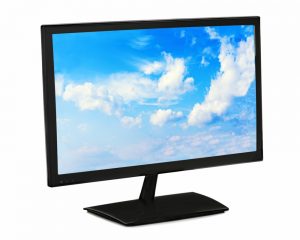The Future Of Tech Energy Efficiency


It’s been said that many programs and technology that aren’t energy efficient these days are on the way out. The Green Revolution is what analysts are now calling a “mega trend,” and anyone who doesn’t get on the trend soon will very likely find themselves being left behind. Fortunately, there are many ways to get on board the Green train and become part of this huge future trend, as well as a few ways that some might need to leave behind as they are no longer efficient enough.
Ultrabooks are often seen as the laptops of the future. They look very much like a laptop upon first inspection, but they are different then a laptop due to being so thin and efficient. It’s true that laptops tend to be cheaper than ultrabooks even at the same specification of processor, but this is an advantage that is quickly lost as time goes on.
Ultrabooks focus on effienciency in all things. They were first developed by Intel, and they were designed mostly to cut down on size and bulk without losing any other advantages such as battery life or any loss n processing power or data recovery speed.
Ultrabooks tend to leave out things like Ethernet ports and optical disk drives in order to save space and energy. Something like an optical disk drive that requires a lot of movement is often incredibly inefficient, after all. And beyond that, they are largely becoming unnecessary. Optical drives just aren’t needed anymore in an age of cloud computing and high bandwidth when any particular program or file can be uploaded into the cloud and then downloaded directly to your computer at high speed. Many optical drives that are older can barely keep up with that kind of speed anyway.
Another huge trend in energy efficiency is solid state drives. These have much less moving parts than the older regular hard disk types. They also tend to retrieve data much faster than traditional drives.
One trend that may be on its way out is Flash. This program from Adobe has been used to play videos for the longest time on both regular PC units, but also on many mobile units. The problem is that it takes so much energy to use, so it’s unlikely to be something that sticks around as we head into a more energy efficient future. And this isn’t even to mention all the compatibility issues that have been coming up with the program recently.
If you’re thinking when is the right time to make my own website, then the answer is right now. The HTML 5 option is often seen as a viable alternative to Flash since it’s so efficient in comparison. Many sites are flocking to the new banner of HTML 5 as a result of this increased efficiency.
As a result, whether you’re going to make a website, upload projects to a business database, or just browse on the Internet, doing so in a more energy efficient manner will be a boon to both the planet’s environment and your wallet.
